How to Capture Nature Sounds
4 Min Read

In this post we’ll head into the wild, cover the gear and share pro tips to help you get perfect nature sounds.
Explore sounds on Sol Good Media
Check the Weather:
Always check the forecast. Nature is unpredictable and being prepared for rain, wind or intense sun makes a big difference in your recording experience.

Dress for the Occasion:
Wear the right clothes and bring enough food and drink. Comfort and fuel are key for long recording sessions.

Know Your Subject:
Research the sounds you want to record. If you want to record the call of a cuckoo, make sure it’s the right time of year and you’re in the right habitat. Google the best locations and talk to locals, like anglers, who often know the area’s wildlife inside out.

Gear Check:
Make sure all your gear is working. Charge your batteries, bring a power bank and check all your cables the night before. A faulty cable miles into the wild can ruin your session.

Select the Right Gear:
If you’re hiking to a recording site, minimize your load by only bringing the essentials. The type of microphone you choose will depend on your subject. For example:
Shotgun Microphone:
For distant sounds like a lion’s roar.
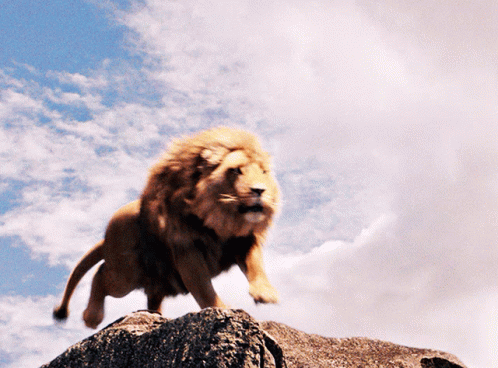
Field Recorder:
For general ambient sounds.
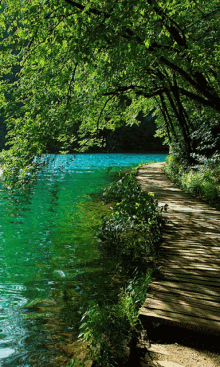
Radio Microphones:
To hide near your subject for closer recordings without disturbing them.

Get Close, But Not Too Close:
- Proximity is key to getting clear sounds. For specific subjects like animals or birds you’ll need to get as close as possible without scaring them away. This may involve creative solutions like hiding microphones near the subject.

Record Inanimate Sounds:
- When recording inanimate sounds like streams or rocks, proximity is still important. Too far and you’ll get unwanted ambient noise; too close and the sound will be overwhelming. Find the sweet spot for best results.
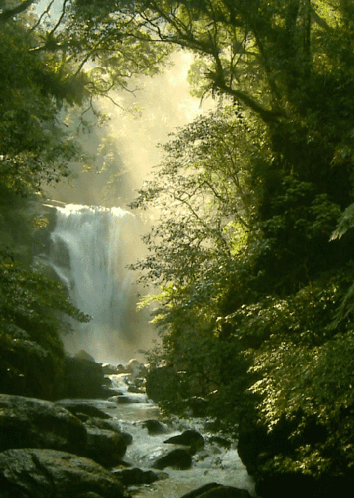
Ambient Sound Recording:
- Recording ambient sounds gives you more flexibility with proximity. Consider where your sound effects will be played. If you have 3D audio capabilities, create an immersive experience for your listeners.
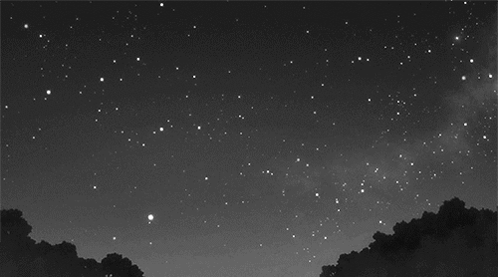
Try 3D Audio:
- 3D audio equipment will give you a truly immersive experience. If 3D audio isn’t available, try binaural audio which records from the perspective of your ears and gives the listener a sense of the environment.

Stereo Recording:
Stereo recording involves different microphone configurations, each with a different sound:
- X/Y Configuration: Two mics at a 90-degree angle.
- ORTF Configuration: Two mics 17 centimeters apart, angled at 110 degrees.
- Blumlein Placement: This technique uses two bidirectional microphones placed at a 90-degree angle to each other, creating a realistic stereo image that captures the ambiance and spatial characteristics of the recording environment.
- Mid/Side Placement: This technique involves a cardioid microphone (mid) pointed directly at the sound source and a bidirectional microphone (side) oriented perpendicular to the mid mic, allowing for adjustable stereo width in post-production.
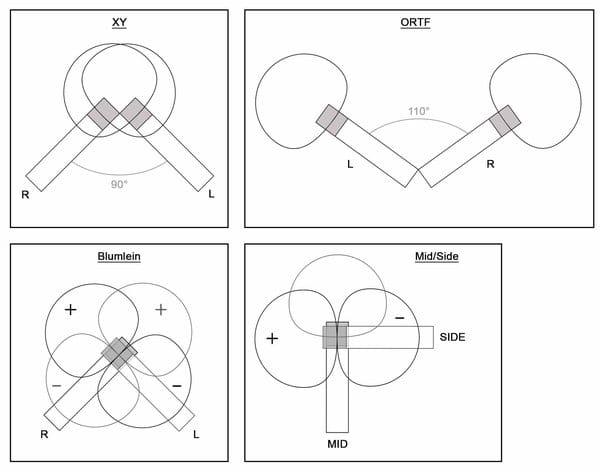
Get Out There
Recording natural sounds is a wonderful thing. It gets you connected to the earth and requires you to be up close and personal with your environment. Remember, anything can go wrong and that’s part of the fun. Stay safe, don’t be reckless and never put yourself in danger for a sound recording.
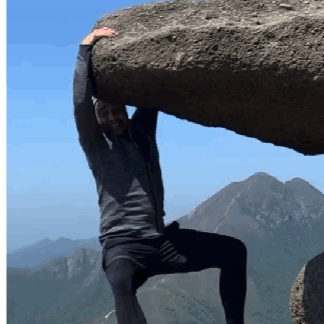
Hope these tips help you get the sounds of nature. For more in-depth guides and tips subscribe to Sol Good Media. Comment below or on our social media channels. Happy recording!
Gear List for Recording in the Wild
Microphones:
- Shotgun Microphone: For distant sounds.
- Omnidirectional Microphone: For ambient sounds.
- Field Recorder: All-in-one for general recording.
- Stereo Microphones: For natural soundscapes (e.g., ORTF, X/Y).
Recorders:
- Portable Audio Recorder: High-quality, battery-powered with multiple inputs (e.g., Zoom H5, Tascam DR-40X).
- Lavalier Microphones: For close-up, hidden near the subject.
Extras:
- Windscreen/Deadcat: For wind noise.
- Shock Mount: For handling noise and vibrations.
- Microphone Stand/Tripod: For stable, hands-free recording.
- Boom Pole: For getting microphones in hard-to-reach places.
Power and Storage:
- Rechargeable Batteries: Extra sets for uninterrupted recording.
- Power Bank: For recharging in the field.
- SD Cards: High-capacity, high-speed for storage.
Cables and Adapters:
- XLR Cables: Reliable, durable cables for microphones.
- 3.5mm to XLR Adapters: For different recorders.
Headphones:
- Over-Ear Monitoring Headphones: For real-time monitoring and sound quality (e.g., Sony MDR-7506).
Protection:
- Rugged Carrying Case: For transport.
- Weatherproof Covers: For rain and dust.
Miscellaneous:
- Field Notebook: For notes and logging.
- Compass and Map/GPS: For navigation.
- Multi-Tool: For on-the-spot repairs.
- Clothing: Weather gear, sturdy boots, maybe camouflage.
